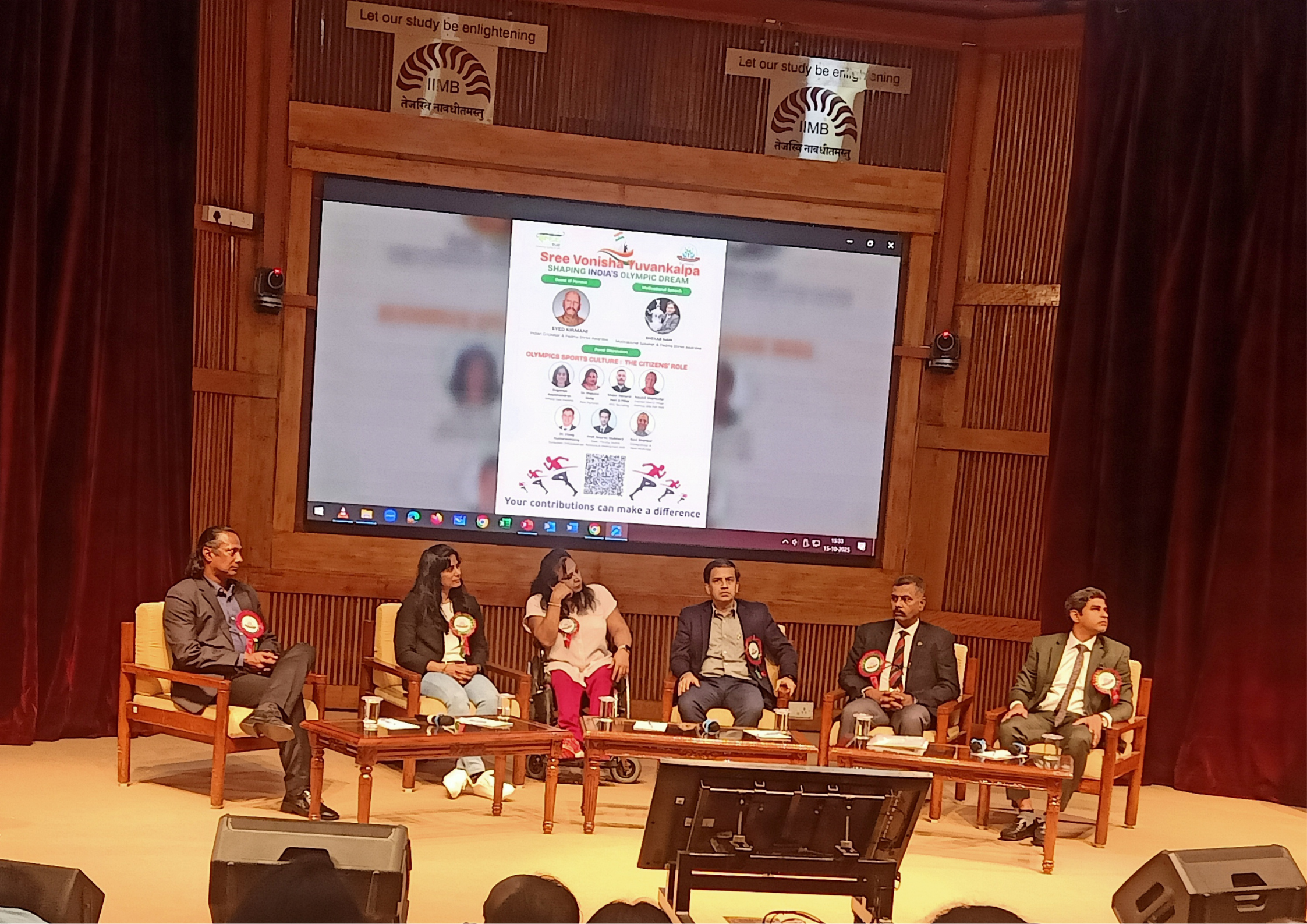Myth vs. Reality: 10 Misconceptions About Abacus Training

A Familiar Scene
When Meera first signed up her 7-year-old for an abacus class in Hyderabad, a chorus of doubts quickly followed.
“Why bother when every phone has a calculator?”
“Isn’t that just a fancy way to count beads?”
Three months later, Meera’s son could add three-digit numbers in his head faster than most adults could punch them into a phone.
Stories like Meera’s reveal a truth that many parents eventually discover: much of what we think we know about abacus training is wrong.
Let’s examine ten of the most common myths—and what the research and real-world experience actually show.
1. Myth: The Abacus Is Obsolete in the Digital Age
Reality: Mental math skills are more relevant than ever.
It’s tempting to think of the abacus as a relic from an era before smartphones. Yet studies consistently show that the tactile, visual, and mental processes involved in abacus use strengthen brain regions tied to working memory, spatial reasoning, and numerical fluency.
A University of Sussex study found that children trained on the abacus significantly outperformed their peers in mental calculation tasks, even when allowed calculators. Far from being outdated, the abacus nurtures the mental flexibility and focus that technology cannot replace. A child who can picture numbers in their head doesn’t just compute faster—they also gain confidence that spills over into science, music, and problem-solving.
2. Myth: Abacus Only Teaches Addition and Subtraction
Reality: It supports a full range of arithmetic and more.
Many people imagine a child sliding beads to add or subtract. In reality, advanced abacus curricula cover multiplication, division, square roots, and decimals.
The Japanese soroban system, used in public schools for more than a century, expects students to handle complex multi-digit operations with ease. Students eventually visualize bead movements mentally, performing calculations of impressive size without touching the device. In other words, abacus is not about counting beads—it’s about thinking in numbers.
3. Myth: It’s Just for Math Geniuses
Reality: Abacus is designed for beginners of all abilities.
Parents often worry that their child must have a special knack for numbers to thrive. The truth is that abacus programs start with fundamentals: understanding place value, recognizing numbers, and learning simple bead movements.
Because the method is visual and tactile, it welcomes children who might struggle with conventional math worksheets. Instructors around the world report that shy or hesitant learners often gain confidence faster than expected because the abacus turns abstract numbers into something a child can touch and see.
4. Myth: You Need Expensive Classes
Reality: A simple frame and structured routine can work wonders.
Formal training can be valuable, but it is not mandatory. A standard soroban or 17-rod abacus typically costs the equivalent of a family dinner out. With free instructional videos or affordable guidebooks, parents can guide a child through early steps at home.
The key is regular, short sessions—ten to fifteen minutes several times a week—rather than costly tuition. Families who begin with home practice often find that their child’s interest and progress guide whether to invest in a more formal program later.
5. Myth: Results Take Years to Show
Reality: Noticeable benefits appear in a matter of weeks.
Because mental arithmetic sounds complex, many parents assume visible improvement will take years. Research says otherwise.
A 2019 study in Cognitive Development reported measurable gains in concentration, number sense, and mental flexibility within eight to twelve weeks of consistent abacus practice.
Children may first surprise their parents by solving everyday sums—like adding up grocery totals—well before they finish their first formal level. The steady pace of small wins keeps motivation high.
6. Myth: It’s Only About Speed
Reality: Speed is a byproduct, not the primary goal.
Videos of lightning-fast competitions can give the impression that abacus training is about racing through sums. While speed contests are popular, the deeper value lies in the cognitive processes: visualization of bead movement, bilateral brain engagement, and strengthened short-term memory.
As students internalize patterns, speed follows naturally. But even a child who never enters a contest benefits from heightened concentration and mental stamina—skills that help in everything from chess to reading comprehension.
7. Myth: Abacus Replaces Regular Math Curriculum
Reality: It supplements and enriches school math.
Some parents worry that abacus learning might conflict with school methods. In reality, it reinforces them. Abacus teaches number sense and mental strategies that support traditional arithmetic and later algebra.
Think of it like strength training for the brain: the more your child practices mental calculation, the easier classroom math becomes. Teachers often notice that abacus-trained students grasp place value and multi-digit operations faster than peers.
8. Myth: Older Kids Can’t Benefit
Reality: It’s never too late to start.
While children as young as four can begin, older students—even teens—gain cognitive and academic benefits. Several high school programs incorporate abacus or “mental math” modules to sharpen focus and problem-solving speed.
For older beginners, the learning curve is often shorter because they already know basic arithmetic, allowing them to move quickly into mental visualization exercises.
9. Myth: Abacus Is a Rote Skill Without Creativity
Reality: Visualization fuels imagination and flexible thinking.
The mental image of beads sliding across rods is far from mechanical. Students learn to picture numbers as dynamic objects in space, activating the same brain areas used for art and music.
Research in Frontiers in Psychology links abacus training to improved spatial reasoning and creative problem-solving. The practice of visualizing and manipulating abstract objects can boost imagination and cognitive flexibility—valuable traits well beyond mathematics.
10. Myth: It’s Only Popular in East Asia
Reality: Abacus training is global—and growing in India.
While Japan, China, Taiwan, and Singapore have strong national programs, abacus education is flourishing worldwide. In the United States, after-school programs and mental math clubs are expanding. In India, national-level competitions draw thousands of participants each year, and major cities host dozens of training centers.
The appeal is universal: parents everywhere value a method that sharpens the brain while keeping learning playful and screen-free.
How Parents Can Cut Through the Myths
If you are considering abacus training for your child, here are practical steps to move beyond misconceptions:
- Observe a class (online or in person) to see how children engage and how teachers introduce concepts.
- Set realistic goals. Focus on steady improvement in focus and number sense, not just speed records.
- Create a home practice routine. Even 10 minutes three times a week supports strong results.
- Stay involved. Celebrate small wins and encourage your child to explain how they solved problems—it reinforces understanding and builds confidence.
The Bigger Picture: Why the Myths Persist
Why do these misconceptions stick around?
- Technology bias: Many adults assume digital tools make manual methods irrelevant.
- Limited exposure: Few parents have seen advanced abacus techniques like mental visualization.
- Competitive stereotypes: Media often highlights lightning contests instead of everyday learning benefits.
By questioning these assumptions, parents open the door to a richer understanding of how children learn best.
Closing Thought
The abacus is not a dusty artifact. It is a dynamic, brain-building tool that nurtures concentration, memory, and a lifelong ease with numbers. When parents look beyond the myths, they discover that abacus training is less about beads and more about brilliance—a way to give children skills that calculators can never provide.




